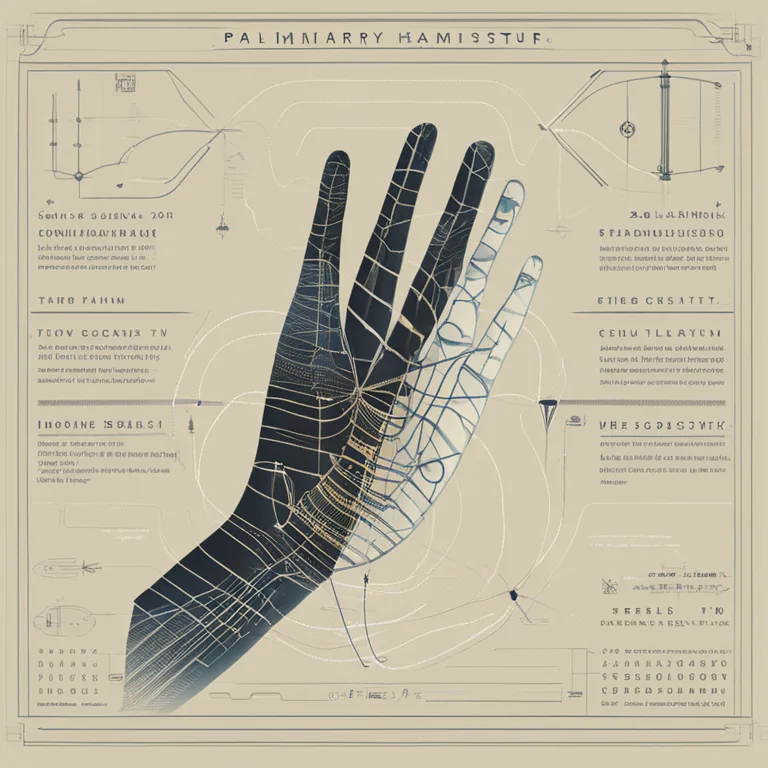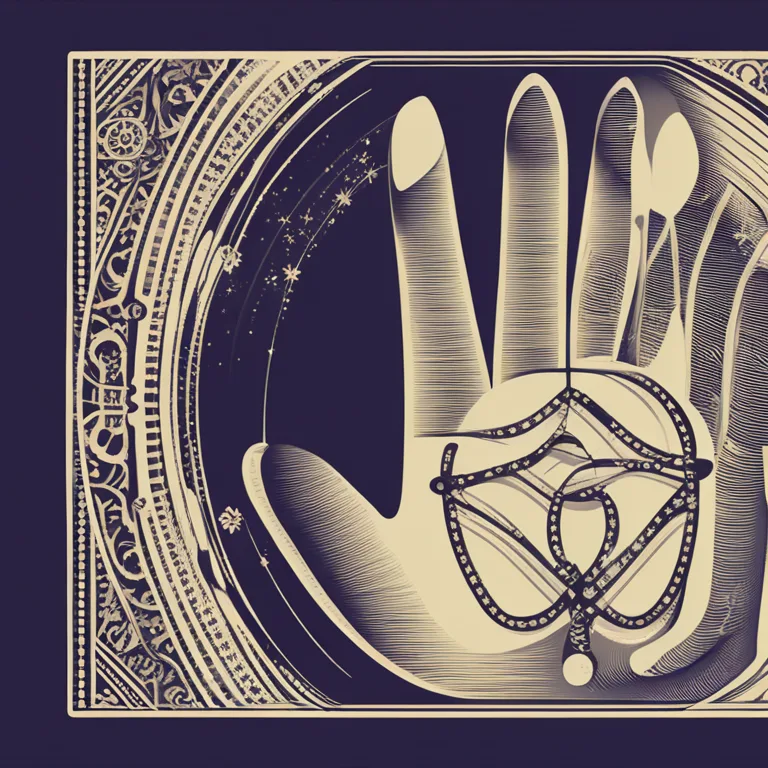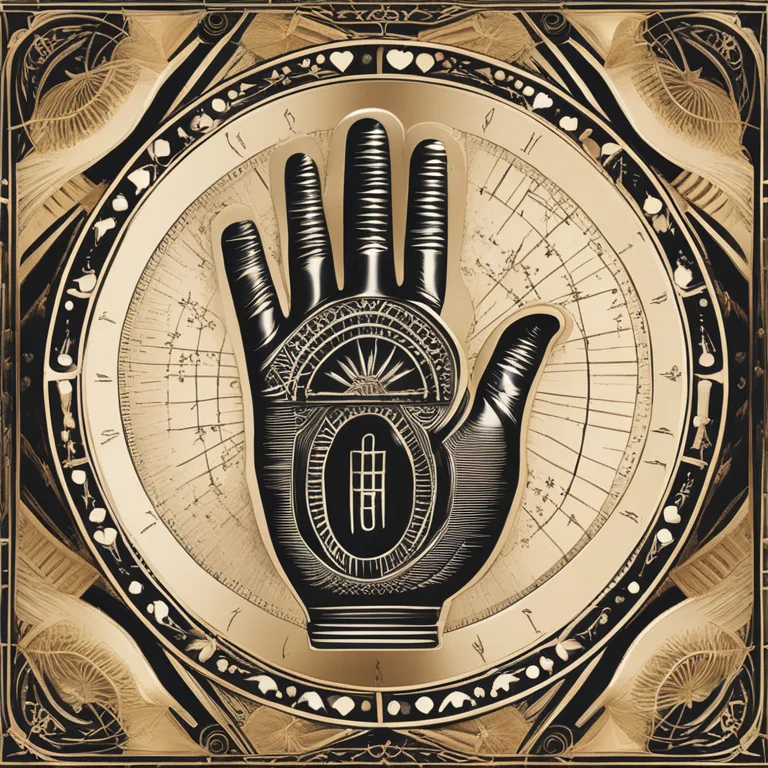
Palmistry: The Intersection of Tradition & Science
Delving into the practice of palmistry, this article examines its historical place and the scrutiny it faces from the modern scientific community.
article by Nora Pennington
What is Palmistry?
Palmistry, also known as chiromancy or palm reading, is the ancient art of interpreting an individual's future and personality through the study of the palm. Practitioners believe that by analyzing the lines, shapes, and mounts on a person's hand, they can glean insights into their character and life experiences. Historically, palmistry has been practiced across various cultures worldwide, each adding its own nuanced interpretations and belief systems to the practice.

The Science Behind Palmistry
In recent years, science has sought to understand the foundations of palmistry, largely viewing it through a skeptical lens. Studies in genetics and developmental biology do show that the lines on our palms are influenced by both hereditary and environmental factors. Therefore, while the lines can indicate certain genetic traits or tendencies, the leap to predicting personality or future events is not supported by current scientific understanding. Critics argue that palm readings are often vague and rely on the Forer effect, where individuals find personalized meaning in general statements.
Scientific Investigations
Several scientific investigations have been conducted to examine the claims of palmistry. For example, research looking at the heart line's correlation to cardiovascular health has found minimal or no significant relationship, debunking the idea that palm lines have straightforward or diagnostic medical implications. However, the fields of dermatoglyphics have shown that fingerprint patterns may have some link to genetic abnormalities, giving a nod to the notion that our hands do hold some information about our biological makeup.

Psychology and Palmistry
Psychologically, palm readings can have a profound impact on individuals. Many people report feeling understood and guided after a reading, which can be attributed to a psychological phenomenon known as validation. A palm reader's empathetic approach and authoritative demeanor can lead to a strong belief in their interpretations, despite the absence of empirical evidence. From this perspective, the value of palmistry may lie more in its therapeutic potential rather than its predictive accuracy.

Technological Developments
The digital age has not bypassed palmistry. There are now applications and software that claim to read palms using algorithms and image recognition technology. These advancements challenge traditional palmistry by attempting to standardize readings and remove the human element, which has always been central to the practice. Critics of these technologies point out that they may oversimplify interpretations and lack the personal touch that many seek in a palm reading.
Conclusion: A Place for Palmistry
While palmistry has not found its place within the realm of scientific endorsement, it continues to intrigue and comfort numerous individuals seeking to make sense of their lives. As an entertainment form or a self-reflective tool, palmistry persists, and its resilience is a testament to the enduring appeal of such mystical practices throughout history. Whether viewed as a traditional art or a subject of curiosity, palmistry remains a fascinating intersection between the realms of established science and human belief.
Published: 1/3/2024
Modified: 1/3/2024
More predictions
Come back here soon to learn more about yourself and your future


Palmistry Lifespan Insights: How Long May You Live?
Delve into the art of palmistry to discern potential lifespan indicators from the lines and features of your hands in this insightful article.


Palmistry Insights on Love: Counting Your Relationships
Discover what palmistry reveals about your romantic journey. This article shares insights on interpreting your palm lines for potential relationships.


The Origins & Journey of Palmistry
Trace the fascinating history of palmistry, understanding its ancient roots and its evolution through cultures and time.